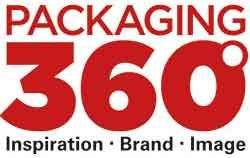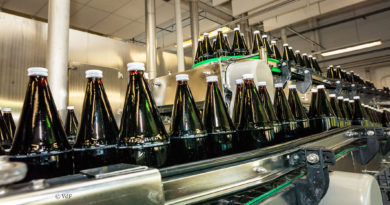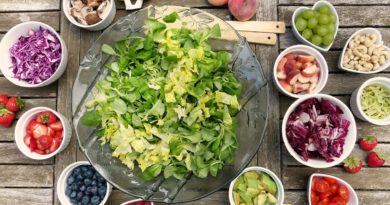Study: shelf ready packaging offers an incentive to buy
Shelf Ready Packaging (SRP) strengthens the brand perception of confectionery at the point of sale. This is one of the results of a study carried out by DS Smith with the Institut für Marktpsychologie (IFM) Mannheim at the Impact Centre in Erlensee.
Confectionery products are typical impulse products. They are rarely found on shopping lists. Purchase is usually spontaneous. This makes brand manufacturers want to try more to positively influence the consumer’s decision to buy on the richly stocked confectionery shelves. In a scientific study, display and packaging manufacturer DS Smith, the IFM Institute specialising in fast moving consumer goods and Jürgen Blum, a freelance expert in methodology and consulting, have now investigated the role that shelf ready packaging can play.
Test purchases by subjects in DS Smith’s retail landscape showed that if chocolate bars and other sweets are presented in shelf ready packaging-suitable for retail, the individual brands can be identified faster among the extensive range of products. Additional buying incentives such as promotions are identified better by shoppers, according to the study. At the same time, products gain in value with the outer packaging and can be taken out and put back without contact barriers. Product presentation was tested with and without shelf ready packaging. Valuable insights into the purchasing behaviour and emotions of the subjects were provided by modern measuring methods, such as eye-tracking and electromyography (EMG).
Test persons wear eye-tracking glasses
Equipped with eye-tracking goggles and mobile EMG to record the mimic muscle contractions, the test subjects, aged between 20 and 55, made accompanied test purchases in the realistic model retail environment of the DS Smith Impact Centre. Martin Greb, Creative Consultant and Impact Centre Manager at DS Smith (photo), explains: “By combining eye tracking and EMG, we were not only able to record the orientation processes and identify attention-getting areas, but also to see in fractions of a second which stimuli caused particularly strong emotions”.
Based on the recordings, the IFM Mannheim team responsible for setup, implementation and evaluation explored the reasons for the observed behaviour at the retail shelf jointly with the subjects in the subsequent individual interviews. Questions were asked about perception and impact of individual brands as well as presentation of the products as a whole. The most important results are that shelf ready packaging offers considerable advantages, particularly with brand impact, makes it easier for shoppers to find their way around the shelf, and that the branded outer packaging clearly separates brands from each other, so they can be quickly identified, even from a distance.
Strong buying incentives such as free gifts are intensely experienced emotionally and positively perceived. While shoppers on shelves without SRP have to actively seek information on the product packaging on promotions, free gifts or competitions, this is directly visible on shelves with SRP. At the same time, the outer packaging makes points with its material, as the corrugated board packaging is perceived as added quality. A further plus that became apparent during the study is that the outer packaging creates system and order for the consumer, and acts as additional product protection and stabiliser. This reduces hesitation about touching the product, particularly with non-self-standing packaging, because the confectionery is not only easy to take out but can also be put back without any problems. The shelf appears tidier overall.
For Gabriele Naderer, scientific consultant at IFM Mannheim and professor of market psychology and buyer behaviour at Pforzheim University, the DS Smith Impact Centre offers ideal conditions for market research studies like this one. “In contrast to classical retail research, we can test in the Impact Centre undisturbed and under constant conditions. Measurement methods of modern emotion research, such as the EMG, can be optimally applied there.”
The realistic retail setting, including the warehouse and logistics area, visualises all the touchpoints of product packaging and displays, from the packaging process to warehouse logistics and the sales area. A visit to the Impact Centre gives brand manufacturers an opportunity to find new starting points for optimisation and innovation within their supply cycle. “The basis for this is the extensive knowledge we provide here about packaging trends and developments in the retail sector,” explains Greb. As he sees it, the psychological buying habits of shoppers and their behaviour at the shelf play a decisive role.




